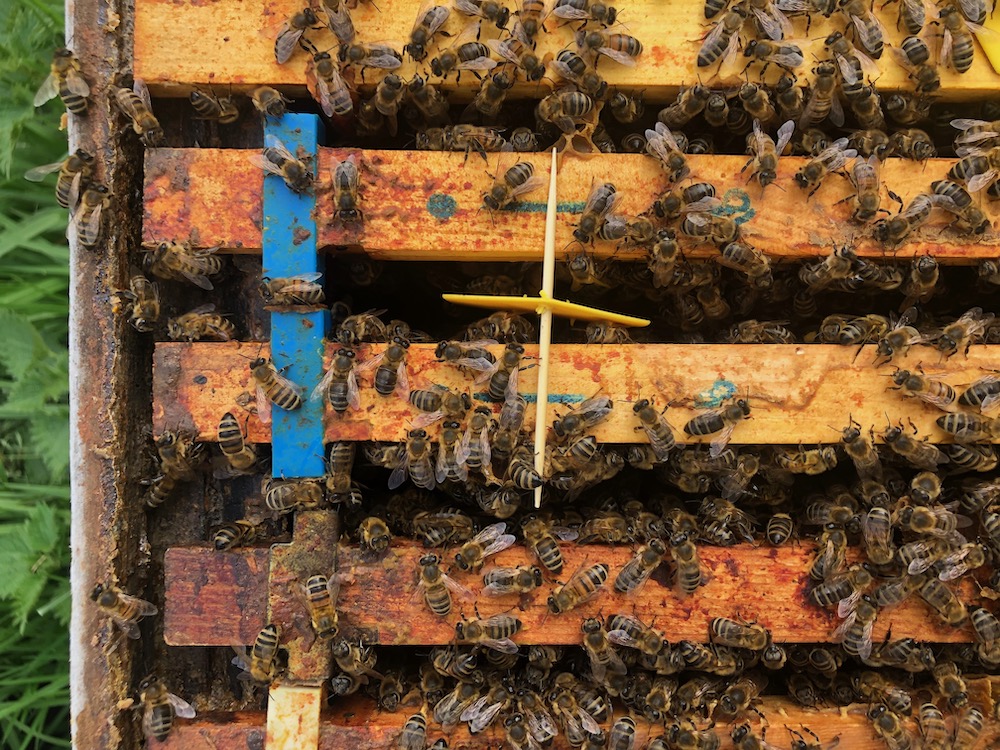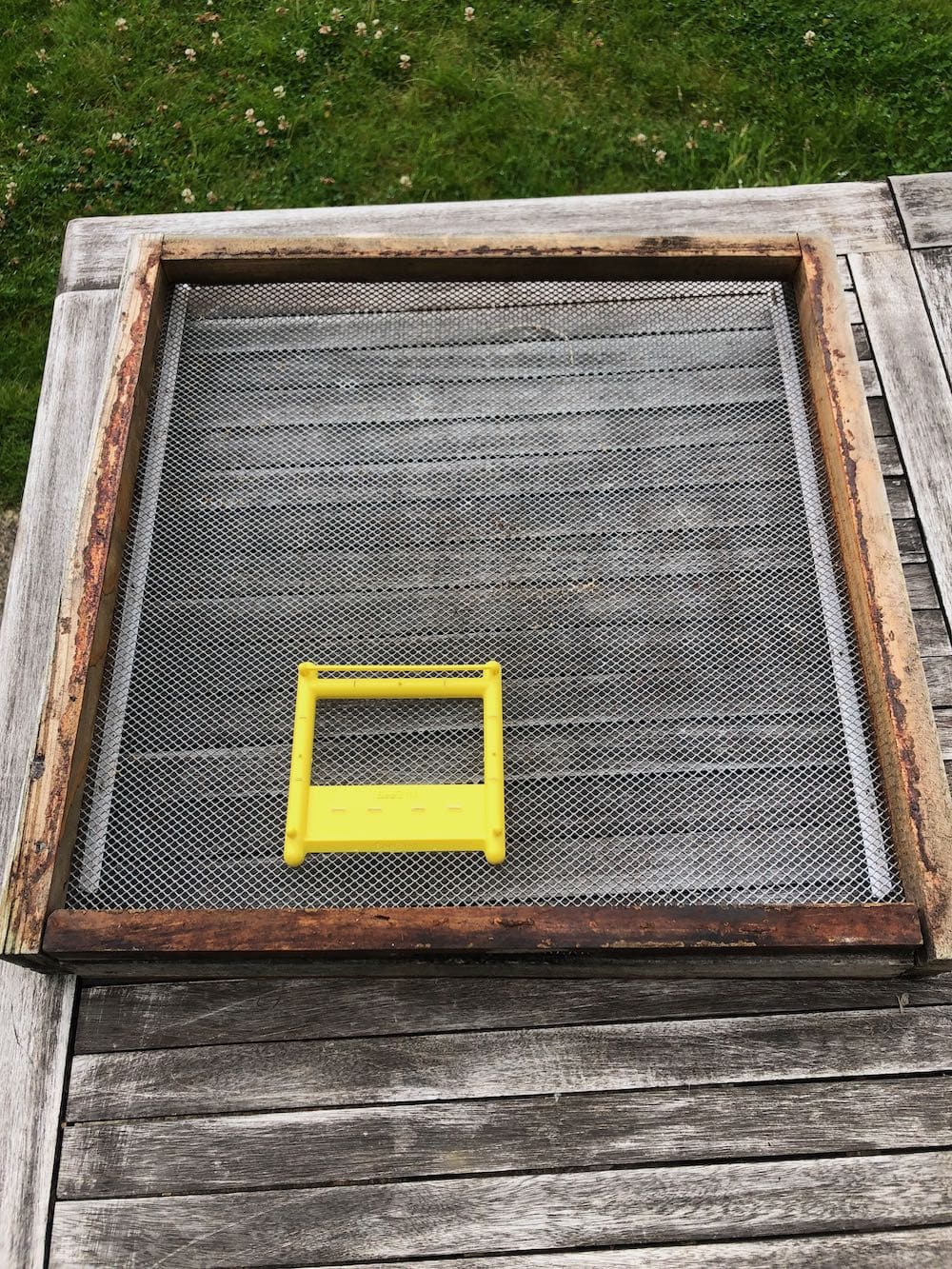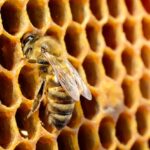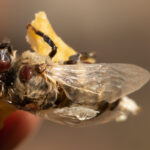Registered commercial beekeepers will be reimbursed for all equipment, hives and bees that are destroyed…
Bee Gym breakthrough in tackling Varroa mite

New research has been conducted into a chemical-free alternative to one of beekeeping’s most devastating parasites – the Varroa mite – with promising results.
For almost four decades, Varroa mite has devastated European honeybee colonies around the world, reaching Australia in June 2022. These tiny invasive pests slowly debilitate colonies by puncturing bees’ exoskeletons and feeding on their bodies, while also transmitting harmful viruses that can result in deformed and wingless young bees.
Treating infestations of Varroa has proven complex and costly. By September 2023, the attempt to eradicate Varroa in Australia had cost the Australian government $100 million, with over 30,000 hives and 1 billion bees lost.

Synthetic chemicals have been used widely in attempts to treat infestations. Although showing short-term effectiveness, the chemicals ultimately leave residue in the wax and honey. Varroa mites have also developed resistance to certain chemicals, and pesticides can affect the broader environment and ecosystem.
The Bee Gym and Bee Gym Slim, developed in the UK by inventor and bee enthusiast Stuart Roweth, has long been popular with beekeepers who prefer to manage their hives using fewer chemicals – and recent research by a specialist group in the UK has shown that these devices are effective in allowing the bees to control Varroa mite populations themselves through natural grooming behaviours.
The very bee-ginning
Stuart Roweth has been developing the Bee Gym since 2013 and has refined the idea and product over the years by studying his own chemical-free test hives.
“I was shocked when I first saw the size of a mite in comparison to a bee and it occurred to me that mechanical removal through grooming was the way to go,” says Stuart. “There are no suitable surfaces within modern hives, so I felt a device was needed to overcome this.”

The Bee Gym and the Bee Gym Slim are unique in that they take advantage of the bee’s natural grooming instincts, and can be used in any modern hive type with a mesh floor. The Bee Gym is made up of a framework of wires which enable bees to scrape varroa mites off their backs, together with flippers and scrapers that help the bees to remove mites from their abdomen. Dislodged and damaged mites fall through the wire mesh at the bottom of the hive or onto a plate coated in Vaseline, preventing them from reentering.
The Bee Gym is positioned on the floor of the hive, while the Bee Gym Slim is suspended between active brood frames when the beekeeper is performing a hive inspection.
Putting the Bee Gym Slim through its paces
From May to September 2023, the Bee Gym Slim was tested by the Devon Apicultural Research Group (DARG): an organisation which was set up over 40 years ago to raise the level of understanding of bee health through rigorous and robust research.
A comprehensive test method and schedule were devised by DARG, with 110 beekeepers across southwest England taking part in the trial. Beekeepers were supplied with the product and the results measured and recorded every week.
Data collected over an 18-week period demonstrated that the hives using the Bee Gym Slim showed a clear increase in the number of mites dislodged from the bees.

As stated in the report: “The trial clearly showed a distinct difference between the control and test sides of the hives which, after eliminating other possibilities, can only be attributed to the presence of the devices… As a non-chemical management tool, there is clearly a place for it in the beekeeper’s arsenal especially if combined with resistant or tolerant strains of honeybees and with open mesh floors… As its mode of action is mechanical rather than chemical, it is not possible for resistance to develop as it eventually would with chemical control measures.”
This is a huge boost for farmers who want to use the Bee Gym as part of an Integrated Pest Management Strategy to manage Varroa in a chemical-free way.
“For many beekeepers, chemical treatment is an absolute no-go area,” says Stuart. “The Bee Gym and Bee Gym Slim are biomechanical control devices; they can be used as part of an Integrated Pest Management approach to Varroa control – and this study shows that they make a big difference. Fighting Varroa can be an uphill struggle, so getting bees to help themselves can only be a good thing.”
If you enjoyed this piece, you may like to keep updated on the recent outbreak of tick fever in NSW.








